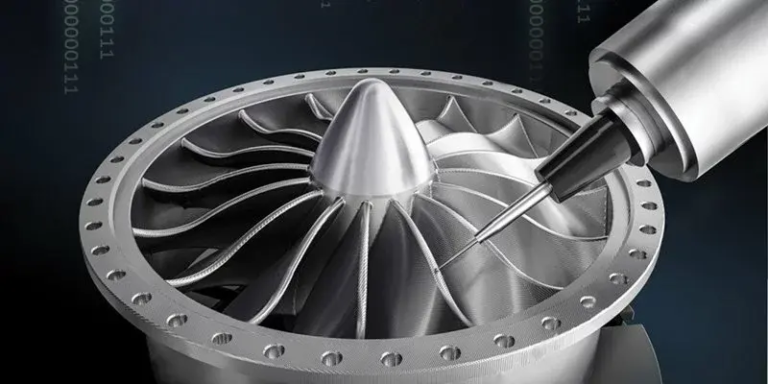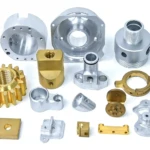Revolutionizing CNC Manufacturing: Unlocking the Power of Remote Monitoring and Download
In today’s world of industrial automation, safety, efficiency, and precision are crucial competitive advantages. Computer numerical control (CNC) machines have been a cornerstone of manufacturing for decades, enabling precise and reliable production of complex parts and products. However, traditional monitoring and control methods often fall short of meeting the demands of modern manufacturing. The solution lies in remote monitoring and download capabilities, which have revolutionized the way CNC machines are used. In this article, we will explore the benefits, technologies, and best practices for implementing remote monitoring and download of CNC machine tools.
The Need for Remote Monitoring and Download
Traditional CNC machine monitoring and control rely on on-site personnel, often resulting in:
- Limited visibility: Operators may not always have real-time knowledge of machine performance, leading to suboptimal production and increased downtime.
- Increased manpower costs: Requires a dedicated team to monitor and maintain machines, increasing operational expenses.
- Reduced flexibility: On-site monitoring can limit the ability to respond quickly to production changes or emergencies.
- Downtime: Machine failure or maintenance can result in prolonged production halts, impacting schedule and revenue.
Remote monitoring and download technology has solved these issues by providing real-time monitoring, automated data collection, and enhanced analytics. This innovation has opened new avenues for manufacturing optimization, improved efficiency, and reduced costs.
Technologies Enabling Remote Monitoring and Download
Several technologies have enabled remote monitoring and download of CNC machine tools:
- Cloud-based monitoring systems: Cloud computing infrastructure allows data to be processed, stored, and analyzed in real-time, making it accessible from anywhere.
- Industrial internet of things (IIoT): The integration of sensors, automation, and connectivity enables real-time monitoring and control of machines.
- Artificial intelligence (AI) and machine learning (ML): AI-powered analytics and predictive maintenance enable data-driven decision-making and proactive maintenance.
- Secure communication protocols: Encrypted data transmission ensures seamless, secure communication between machines and monitoring systems.
Implementation Strategies for Remote Monitoring and Download
To successfully implement remote monitoring and download, manufacturers should follow these best practices:
- Conduct a thorough assessment: Evaluate current machine capabilities and needs to determine the most suitable solution.
- Select the right monitoring system: Choose a system that integrates with existing infrastructure and provides real-time data visibility.
- Set clear objectives and KPIs: Establish measurable targets for production, quality, and maintenance to optimize machine performance.
- Train operators and personnel: Educate staff on new technology and its benefits to ensure effective adoption.
- Regularly review and update: Continuously monitor and refine the implementation to ensure optimal performance and adapt to changing production demands.
Benefits of Remote Monitoring and Download
The benefits of remote monitoring and download are numerous, including:
- Increased productivity: Real-time monitoring enables swift response to production changes, reducing downtime and improving overall efficiency.
- Improved asset utilization: AI-powered analytics help predict maintenance needs, reducing unplanned downtime and prolonging machine lifespan.
- Reduced labor costs: Automation and remote monitoring minimize the need for on-site personnel, resulting in cost savings.
- Enhanced quality control: Real-time data analysis enables better quality monitoring and detection of defects, ensuring superior product quality.
- Increased security: Secure communication protocols protect against data breaches and unauthorized access.
Conclusion
Remote monitoring and download of CNC machine tools have revolutionized the manufacturing landscape, enabling real-time data-driven decision-making, improved efficiency, and reduced costs. By embracing these technologies and best practices, manufacturers can unlock the full potential of their CNC machines, stay ahead of the competition, and maintain their position as leaders in the industry.

















